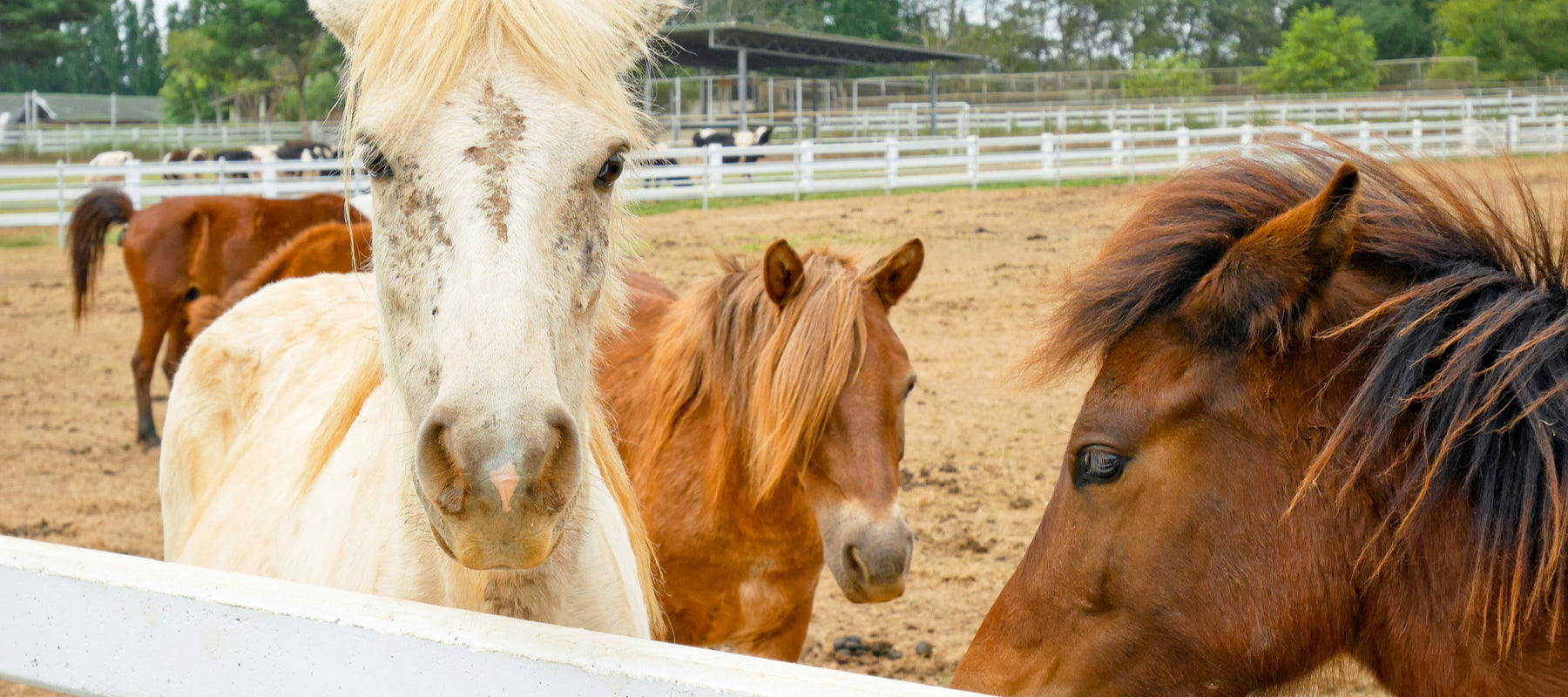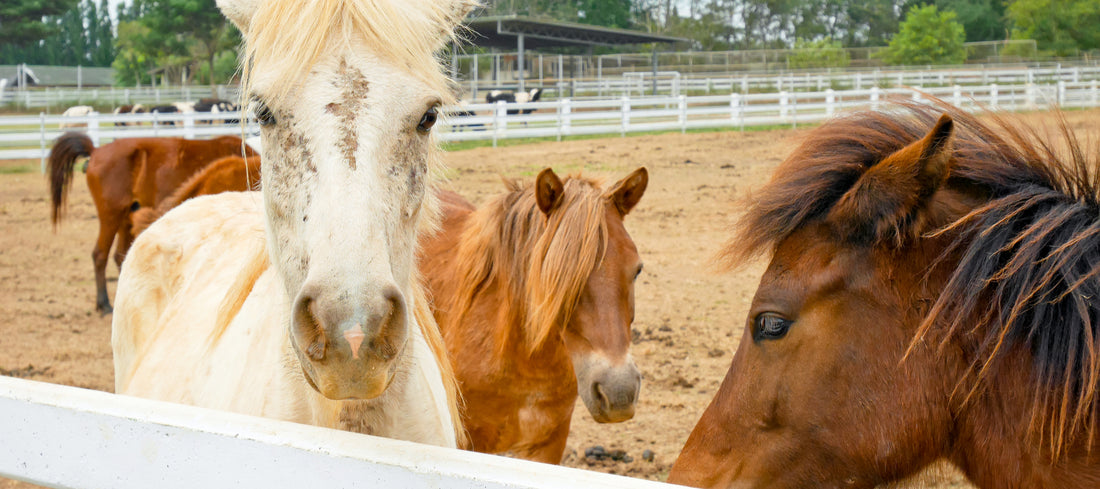Rain scald is a common skin condition amongst horses and is most prevalent in wet and humid conditions. It is caused by the same bacteria as mud fever, Dermatophilus congolensis, and results in a sticky secretion that causes horses' hair to matt and then scab. The bacteria lays dormant in the horse until the skin is compromised in some way. This could be a scrape, cut or insect bite. When the skin has been affected by rain scald, secondary bacteria can then invade and lead to complications.
What are the Symptoms of Rain Scald?
When suffering from rain scald, horses' skin looks as if it has been scalded by drops of hot water. It is usually the loins and saddle area which are affected. When the hair matts, scabs form and the area beneath will often be pink and sore to the touch. The symptoms can look similar to those of ringworm and seborrhoea and so you should consult your vet if you are unsure about diagnosing the condition. Skin samples can be taken and used to confirm the diagnosis.
Treatment
The usual treatment for rain scald is an antiseptic scrub and the application of a one per cent potash alum. Severe cases may require the use of antibiotics as well. However, there are alternative treatments in the shape of herbal supplements which may prove effective: Calendula (Marigold) is a useful herbal remedy which helps to reduce inflammation and which also promotes healing. Burdock tends to be good for most skin problems and can help to balance a horse's constitution. Nettles dry up the sticky secretions seen in rain scald and help to remove toxins from the body. Cleavers is an anti-inflammatory herb which provides is a pick-me-up for the lymphatic system. Both dry and liquid preparations featuring these herbs are available. It is also possible to buy preparations to apply to the affected areas once the scabs have been removed. Many of these contain calendula, hypericum or tea tree, which stimulate healing and help to kill bad bacteria. You can also consider the use of Homoeopathic treatments. The available remedies include: Graphites which is best used before any scabs appear. It is most effective in heavy horses. Mezerium is a good choice if the scabs have become infected. Rhus tox which addresses soreness. Mancinella which is a good choice if the scabs are large and dense. Dulcamara which helps the skin to heal more quickly.
Preventing Rain Scald
Prevention is always better than cure with any condition. You should try to ensure that your horse is kept dry and so not turned out into extreme wet and muddy fields. They should always wear a turnout rug if possible and should have access to shelter when they are outside. Your horse should be stabled in a dry box with good ventilation as humidity is a significant factor in the development of rain scald and damp bedding should be removed at the earliest opportunity. Groom your horse regularly and clean your grooming equipment after use to prevent the spread of infection.


